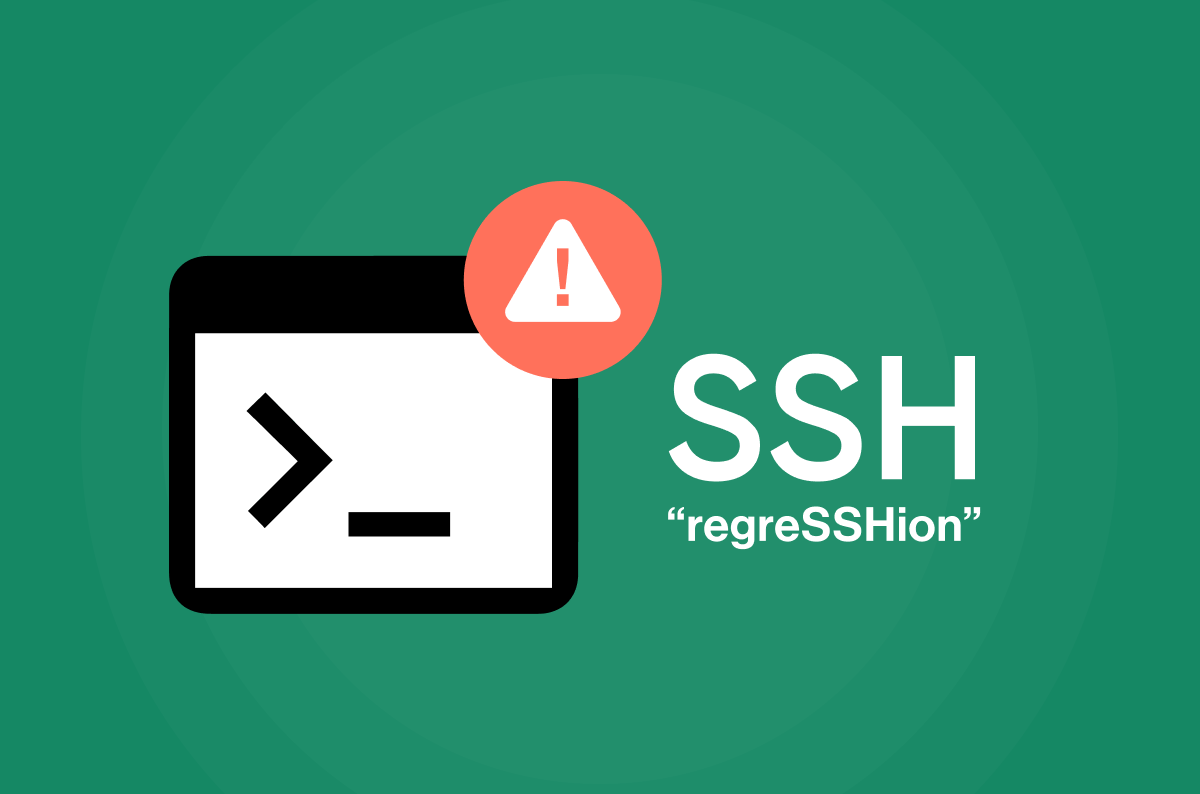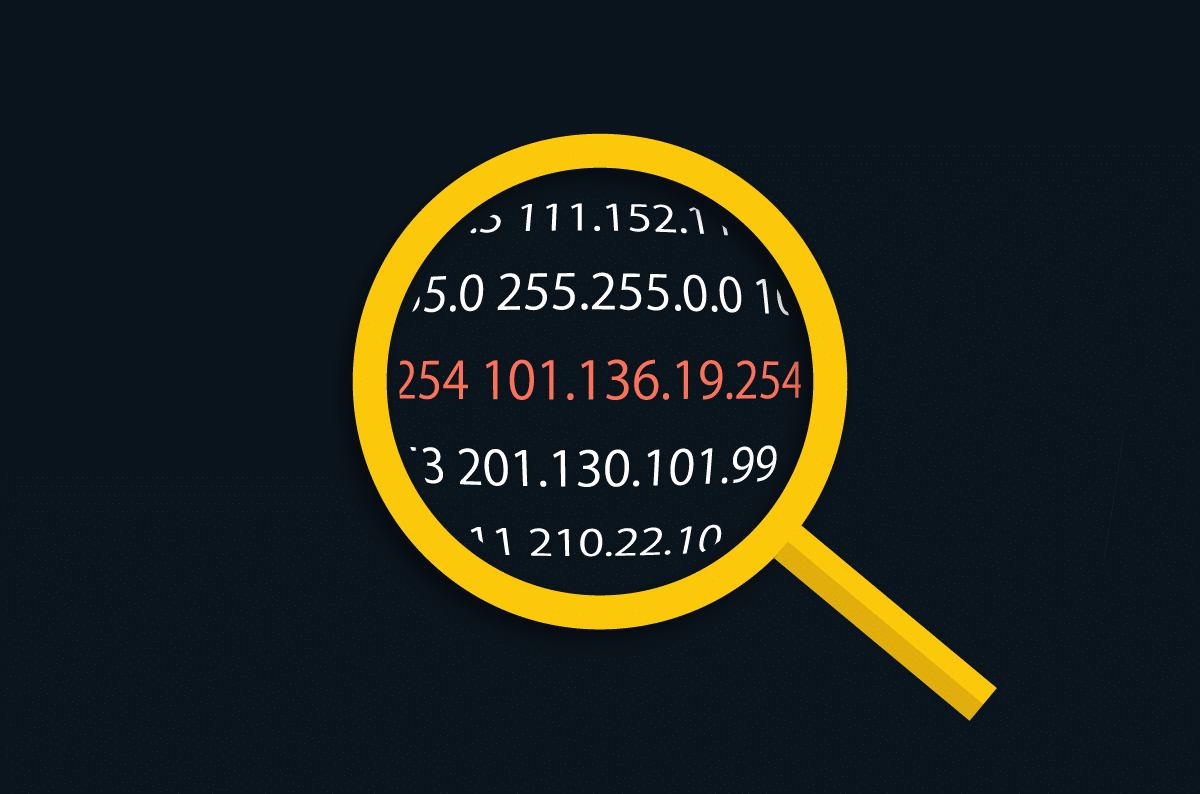Leveraging Custom IOC Feeds for Enhanced Threat Detection

|
Listen to post:
Getting your Trinity Audio player ready...
|
Indicators of Compromise (IOCs) are vital components in cybersecurity, representing digital clues or evidence that signal a potential security breach or malicious activity in a computer system or network. Think of them as the fingerprints left behind by cybercriminals during or after a cyber-attack. Examples of common IOCs are:
- Unusual IP Addresses or Domains: Unexpected connections from unknown or suspicious IP addresses, and FQDNs.
- Abnormal Login Patterns: Logins at odd hours or from unfamiliar locations.
- Unexpected Network Traffic: Large data transfers or connections to unknown servers.
- Changes in System Files: Alterations to system files that shouldn’t be happening under normal conditions.
Security teams use IOCs as red flags to identify and mitigate threats before they cause significant damage.
The ingestion of Indicators of Compromise (IoCs) into a cybersecurity platform is essential for both organizations and Managed Service Providers (MSPs) seeking to bolster their defense mechanisms. Cato’s new Custom IOC Feeds feature, part of the Threat Protection engine in the Cato SASE Cloud, offers a tailored approach to threat intelligence by allowing organizations to import IOCs from external sources and integrate them directly into the Cato’s Cyber Threat Intelligence (CTI) engine, which already supports hundreds of public and home-grown feeds and reputation databases to identify and block malicious activity. Custom IOC Feeds is a new addition to the Cato’s CTI and further empowers security teams to fine-tune their threat detection strategies, aligning them more closely with their Organization’s specific needs and threat landscape.
Enabling Cato Networks’ Custom IOC Feeds
Existing Cato Networks’ Customers and Partners can easily import their custom IOC lists (IPs and FQDNs) from trusted external sources, including industry-specific feeds, private threat intelligence, and findings from internal investigations.
Security Administrators can securely ingest their custom lists to their Cato SASE tenant either by pushing it via the Cato APIs or uploading it via the Cato Management Application (CMA) at no extra cost.
Why Should Security Teams Care?
- Enhanced Threat Detection Capabilities for specific use cases and industries
In addition to the hundreds of threat intelligence feeds the Cato SASE cloud already supports out of the box, custom IOC feeds allow for tailored protection, specific to the organization’s industry or geography. This targeted approach minimizes the likelihood of missing critical threats that are unique to the organization’s environment.
- Securing Critical Assets and Meeting Compliance Requirements
Protecting critical assets and maintaining compliance are top priorities in today’s regulatory environment. Custom IOC Feeds provide a mechanism to address specific compliance requirements by allowing security teams to integrate IOCs that are relevant to their regulatory needs. For example, importing IOCs that flag unauthorized access attempts or data exfiltration activities can help meet the detection and response requirements of frameworks like PCI-DSS, GDPR, and NIST. This approach not only enhances security but also simplifies the audit process by demonstrating a proactive stance on threat management.
- Unified and Standardized Security Posture
Custom IOC Feeds contribute to a unified and standardized security posture by integrating diverse threat intelligence sources into a single, cohesive framework. Instead of relying on disparate systems and manual processes, security teams can manage all threat intelligence within Cato’s SASE Cloud. This centralization reduces complexity, ensures consistency in threat detection, and enhances the overall efficiency of security operations.
8 Ways SASE Answers Your Current and Future IT & Security Needs | Get the eBookOperational Benefits of Custom IOC Feeds
Custom IOC Feeds bring many operational benefits to the IT team, such as:
- Enhanced Threat Detection and Response
Custom IOC Feeds significantly improve detection rates and reduce the time it takes to respond to threats. By focusing on IOCs that are highly relevant to the organization’s environment, security teams can detect threats earlier in the attack lifecycle and respond more effectively, reducing potential damage.
- Tailored Threat Intelligence
Tailored threat intelligence is a key advantage of Custom IOC Feeds. Security teams can customize their threat landscape based on their unique operational needs, ensuring that their threat intelligence is as relevant and effective as possible. This level of customization helps organizations stay ahead of emerging threats and adapt quickly to changes in the threat environment.
- Effective Vendor and Third-Party Risk Management
Incorporating IOCs related to third-party risks allows organizations to better manage vulnerabilities associated with external vendors and partners. Custom IOC Feeds enable security teams to monitor and address risks that may arise from these external entities, enhancing their overall supply chain security.
- Compliance and Reporting
Custom IOC Feeds facilitate compliance by integrating specific indicators that align with regulatory requirements. This integration not only enhances security but also provides comprehensive reporting capabilities, making it easier for organizations to demonstrate compliance during audits.
Conclusion
Cato Networks’ Custom IOC Feeds represent a significant advancement in tailored threat detection, providing organizations with the tools they need to refine their security strategies. Unlike other security providers, Cato’s SASE Cloud offers a seamless, unified platform that integrates Custom IOC Feeds directly into its Advanced Threat Protection engine without the need for complex integrations or additional infrastructure. This approach eliminates the fragmented processes often seen with other solutions, providing a truly cohesive threat detection experience. With Cato, security teams benefit from the flexibility to leverage external threat intelligence while maintaining the speed, scalability, and efficiency of a cloud-native service. In an era where threat landscapes are constantly evolving, the ability to customize threat intelligence within a comprehensive, high-performance security framework is not just an advantage—it’s a necessity.















